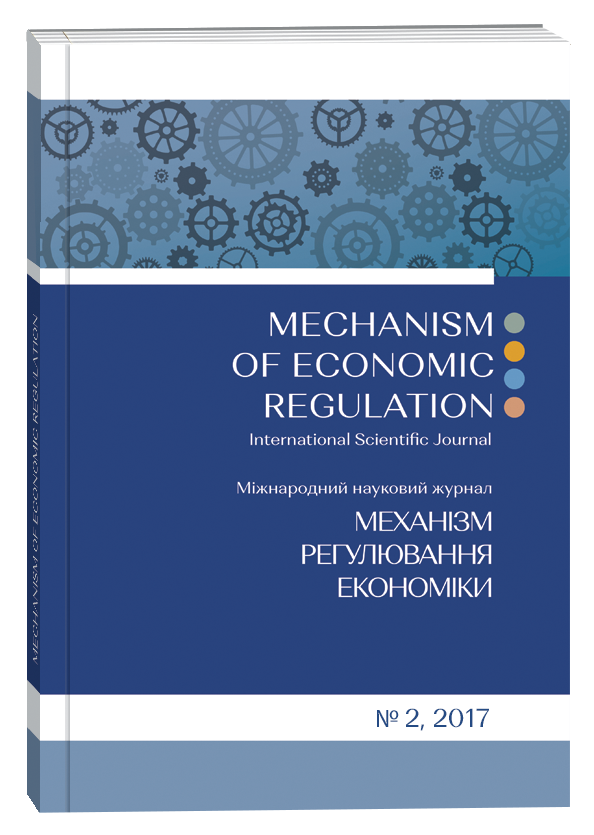FEATURES OF THE FINANCIAL MARKETS BEHAVIOR OF COUNTRIES WITH DIFFERENT LEVEL OF ECONOMIC DEVELOPMENT IN CRISIS AND POST-CRISIS PERIODS
Abstract
This paper analyzed the statistics of the International Monetary Fund for a sample of 30 countries with the aim of assessing the level of similarity in the dynamics of macroeconomic indicators (GDP, exchange rate of national currency; part of the international investment position, which characterizes the external liabilities of residents to non-residents; foreign exchange reserves; the value of government bonds) during the global financial crisis and throughout the post-crisis period. To quantify the observed changes, was calculated coefficient of rank concordance Kendall for equal periods of time. Was conducted a comparative analysis of the results for the group of advanced economies and developing countries. Found significant differences in the reactions of each economic system to sharp structural changes in the financial sector by external shocks.
References
World Economic Outlook: Too Slow for Too Long [Electronic resource]. Site of International Monetary Fund. – Accessed mode : http://www.imf.org/external/pubs/ft/weo/2016/01/.
Kaminsky, G. Leading indicators of currency crises / G. Kaminsky, S. Lizondo, C. Reinhart // International Monetary Fund Stuff Papers. – 1998. – Vol. 45. – P. 1–48.
Berg, A. Are currency crises predictable? A test / A. Berg, C. Pattillo // International Monetary Fund Working Papers. – 1999. – WP/98/154.
Kaminsky, G. Bank Lending and Contagion: Evidence from the East Asian Crisis / G. Kaminsky, C. Reinhart // Regional and Global Capital Flows: Macroeconomics Causes and Consequences. – Chicago : University of Chicago Press. – 2001. – P. 73–116.
Lestano, J. Kuper Indicators of financial crises do work! An early-warning system for six Asian countries / J. Lestano, H. Gerard // Department of Economics. – University of Groningen December. – 2003. – P. 1–39.
Álvaro, O. Ugarte Ruiz Introducing a New Early Warning System Indicator (EWSI) of banking crises / O. Álvaro, A. Vidal-Abarca // BBVA Working Paper. – 2015. – WP/15/02.
Стрельченко, І. І. Моделювання трансграничного розповсюдження кризових явищ на основі комплексу нейронних мереж [Електронний ресурс] / І. І. Стрельченко // «Нейро-нечіткі технології моделювання в економіці». – Режим доступу : http://ir.kneu.edu.ua:8080/bitstream/2010/20362/1/180-198.pdf.
Kendall, M. G. Rank correlation methods / M. G. Kendall // Hafner Publishing Co. – 1955. – 160 p.
Kendall, M. G. The problem of m rankings / M. G. Kendall, B. S. Babington // Annals of Mathematical Statistics. – 1939. – Р. 275–287.
Legendre, P. Species associations: The Kendall coefficient of concordance revisited / P. Legendre // Journal of Agricultural, Biological, & Environmental Statistics. – 2005. – Vol. 10. – P. 226–245.
Statistical information according to International Monetary Fund [Electronic resource] // Site of International Monetary Fund. – Accessed mode : http://data.imf.org/.


